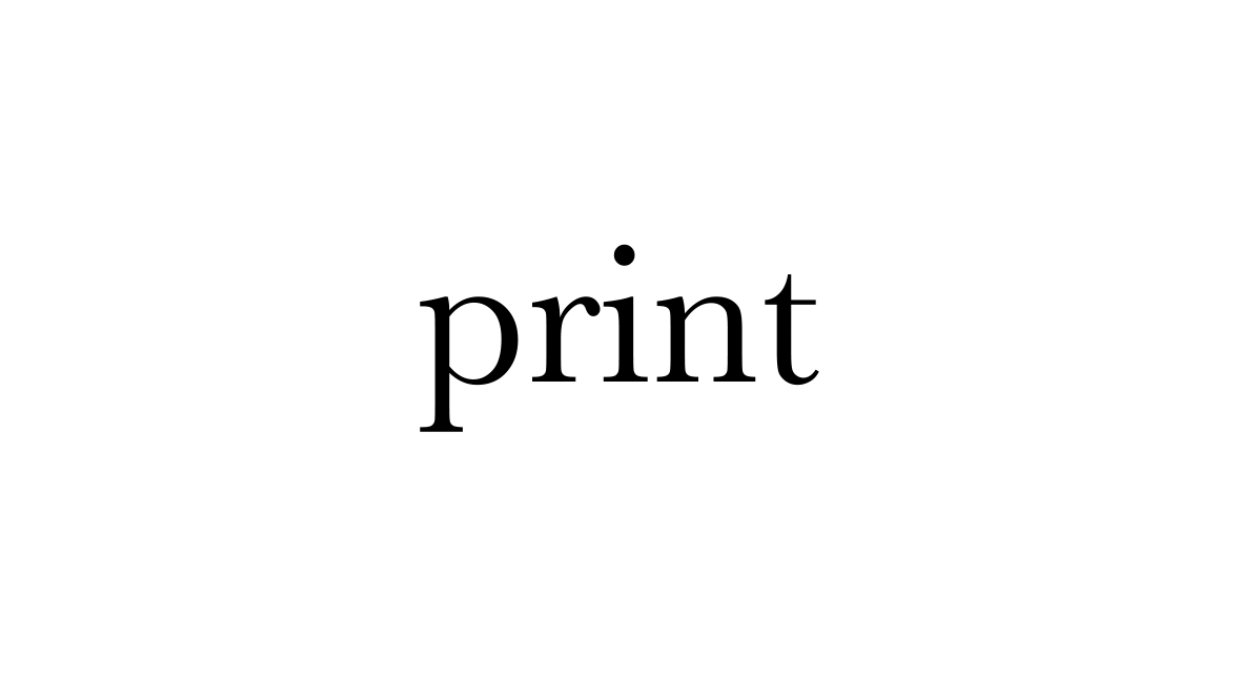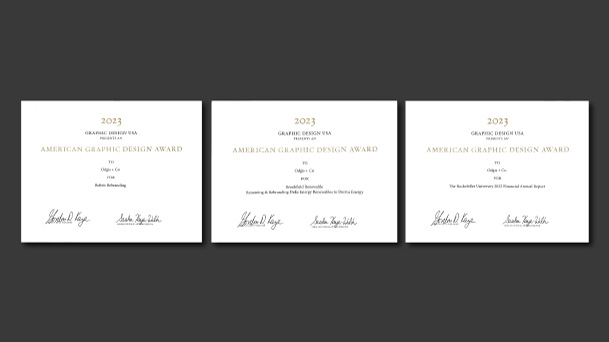Digital Design vs Print Design: Best of Both Worlds
During the last year, print played a historically minor role in our isolated, virtual business lives. Things will continue to change. If we all can agree on something, it’s that after a year in isolation, we are tired of looking at screens. Speaking to Sarah Arnold, National Account Manager of Mohawk Paper, we debated the value of print as opposed to the efficiency of digital in the post-pandemic world. We agreed that we miss the intimacy of touch, texture, and tangibility of printed publications. Something tangible to have, to hold, to keep, and to reflect on; something that will last.
The fact is we need both, and both will continue to exist. Having started the world of print and now designing websites, I am enthralled by all the dynamic, creative possibilities.
People have less patience than ever and are easily frustrated. We all want to move as fast as possible and are easily distracted. The quick takeaway is not always telling the real story. In an ideal branding scenario, both print and digital mediums are utilized. Each one has its own function, but they can be designed to support each other. When digital and print work together strategically, it leaves a lasting impression on your audience. In choosing between print and digital, consider your audience and how they will interact with you. How will you best tell your story, stand out and be remembered?
By Janet Odgis
Read this article on LinkedIn
The Advantages of Print Design
- Tells stories
- Provides a tactile, personal experience
- Captures attention uninterrupted
- Uses fun and creative new formats
- Drives readers to “want more”
- Creates an artifact
- It is exclusive and can make the reader feel special
The Advantages of Digital Design
- Broad reach
- Easy to update
- Can include interactive elements, like video or animation
- Tracks reach and readership
- Shows commitment to innovation
- Can curate the specific user experience
- More flexible, searchable and dynamic
- Easy to access and navigate to what you are looking for
The fact is we need both, and both will continue to exist. Having started the world of print and now designing websites, I am enthralled by all the dynamic, creative possibilities.
Key Considerations for Print
- The Environment: People are naturally concerned about the environment and wasting paper. Most paper is recycled and reused. Recycled paper contains PCW or post-consumer waste. PCW comes from places like office copiers, junk mail, and even disposable restaurant menus. It has been cleaned, sorted, and processed. Responsibly sourced virgin fiber can be certified by the Forest Stewardship Council.
- Flexibility: Paper is unforgiving. Once it is printed it can’t be changed. Once it is damaged it can’t be repaired.
- Space: You need a place to store your publications, so they are accessible when you need them.
- Distribution: Are they delivered in person? How are they shipped, and then distributed in a decentralized work environment?
- Value: What is the value of your story and what do you hope to accomplish?
Key Considerations for Digital
- Comfort: Digital products require different typographic best practices for optimal readability. For instance, a long article can be a strain for the eyes and the attention span to read on a phone versus in a printed publication if the content is too dense.
- Retention: Do you retain and remember the information the same way as from a printed piece?
- Branding: It’s less personal and can look generic. It’s harder to differentiate your company.
- Navigation: Content organization in digital spaces differs from printed products. User behaviors and actions that need to be considered are more complex and go beyond just the turn of a page.
- Consistency: With digital products, the reader makes decisions that the designer has no control over which device they have, which web browser they choose to use, etc. While you can optimize to create the best possible experience in any environment, some nuance will always exist in digital environments when there are so many variables at play.
People have less patience than ever and are easily frustrated. We all want to move as fast as possible and are easily distracted. The quick takeaway is not always telling the real story. In an ideal branding scenario, both print and digital mediums are utilized. Each one has its own function, but they can be designed to support each other. When digital and print work together strategically, it leaves a lasting impression on your audience. In choosing between print and digital, consider your audience and how they will interact with you. How will you best tell your story, stand out and be remembered?
By Janet Odgis
Read this article on LinkedIn



